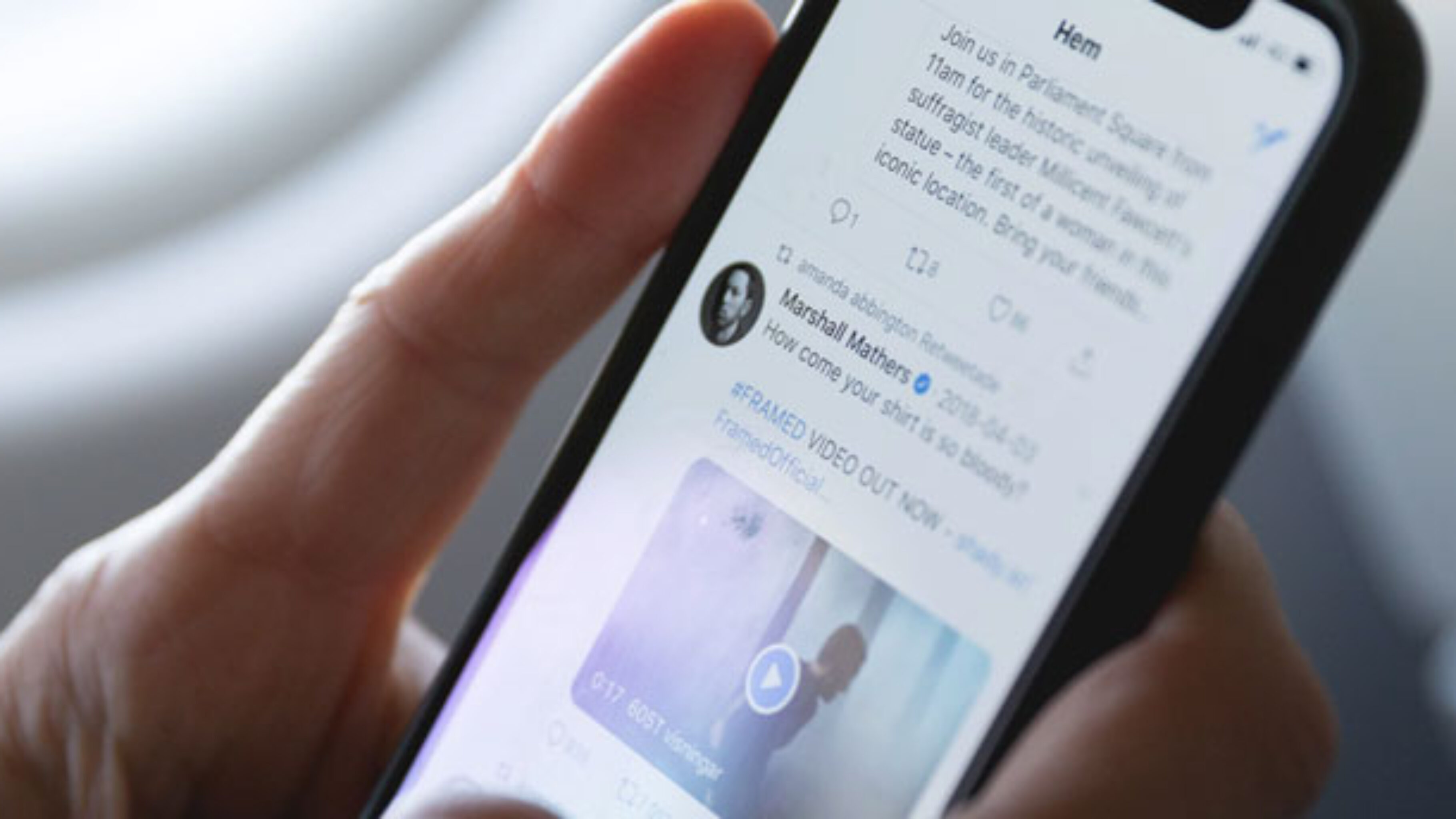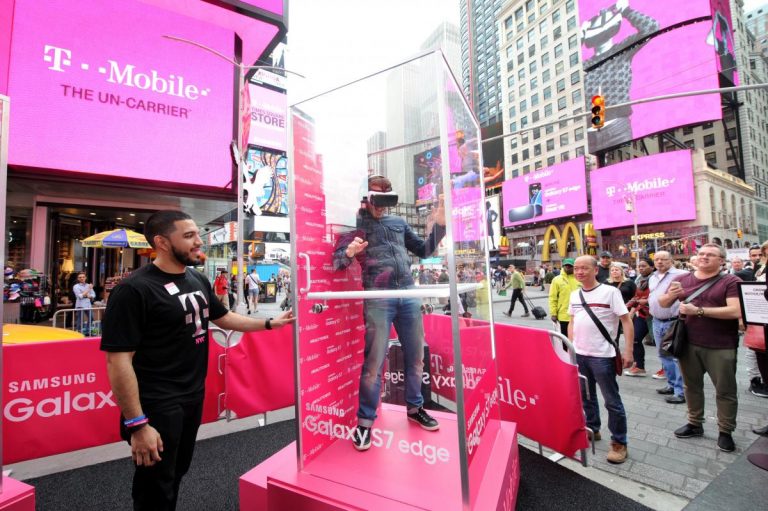These days engagement is all or nothing. Consumers either consume, fixate and binge on content in what’s known as “torrential engagement” or they switch off entirely. This is because news and media have become all-consuming, to the point that users become burnt out and fatigued and have to completely disengage at times. On the other hand, when they do engage with online content, they often do so in lengthy sittings, known as binges. There is a trend now for platforms to feed content to users in sudden bursts, where they receive everything in one go.
Netflix is a good example of this; it sends out all the episodes of one season of one of its shows at once and users “binge-watch” everything. Other forms of on-demand content, as well as eCommerce platforms, have also helped create a culture whereby users are in control of when and where they engage and to what degree. With ad blockers, the user is firmly in control of whether or not they engage with advertising whilst online.
This new style of interacting with technology comes at a time when online attention spans are at an all-time low. A constant stream of information, news and adverts have led to user fatigue and a tendency for users to seek out summarised versions of events and stories to avoid having to immerse themselves too heavily in the stream of online noise they are already being bombarded with. If users can’t access condensed sound bites and information that is broken down into digestible chunks, they soon get bored and flick to another app or device. It is infinitely harder for brands to connect with consumers on a meaningful level.
Clever marketing strategies
In order for brands to make a breakthrough with consumers, some clever marketing strategies must be deployed. One theory is that brands should accept that engagement levels. When a consumer does engage with your brand you should award them regardless of the length of time they spend interacting with your brand. This leaves consumers with positive feelings towards your brand, which will result in repeat interactions and repeat purchases.
Some brands are embracing the need for consumers to switch off. For example, Google’s next version of Android will have a function whereby once a consumer enters their bedtime into the phone all apps will go grayscale after this time, recognising the consumers desire to completely switch off from technology. Google’s nod towards the new way that consumers like to engage is hugely popular and appreciated.
Experiential marketing
Finally, experiential marketing is a great way of cutting through the engagement level problem and making sure that consumers remember you. By setting up real-world events and interacting with consumers, you are far more likely to make a lasting and memorable impression. By talking face to face, in-store, or at events you can encourage users in straightforward terms to carry out a function online which on the back of a positive experience with you, they are likely to do. Plus, experiences with your customers can be as succinct or immersive as you feel they want them to be.
Engagement styles are these days either torrential or brief. Attention spans are dwindling. It is therefore important that we react to the different styles of user engagement in a way that still allows us to get our messages across and sell our products. When consumers do interact with you make a point of demonstrating how grateful you are for it and that you are aware that engaging with technology can feel like a laborious task and reward any engagement.










